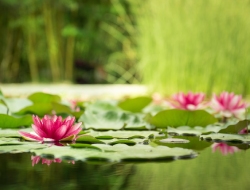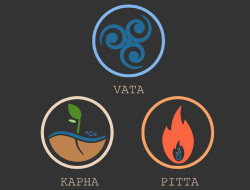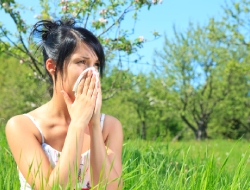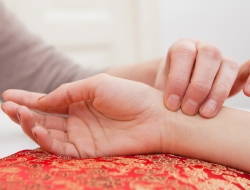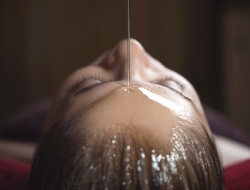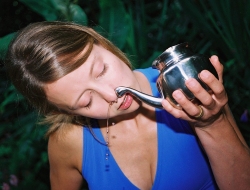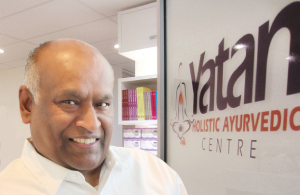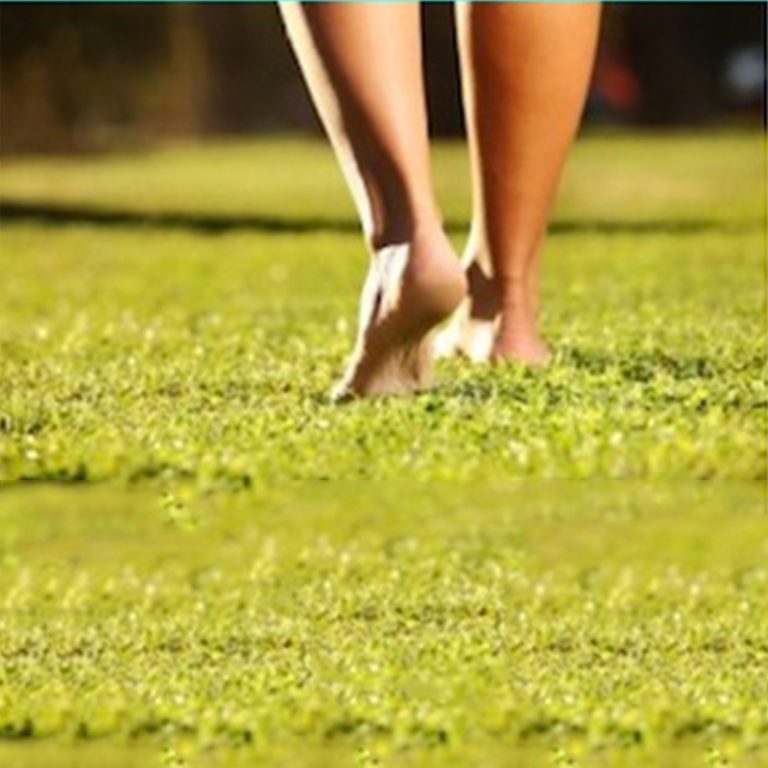Why Rejuvenation?
Ayurveda has the reputation of being the oldest science for rejuvenation, with a history going back over 5,000 years. Ironically, in India it has not always been valued as highly as might be expected. Men have seen it as a futile attempt to restore virility, and medicines on offer have emphasised this aspect. Such action is seen to be somewhat pointless in a society which considers life to be spent after the children have been raised.
In fact, Ayurveda believes that everybody should embark on a rejuvenation program after the age of 40. From this time onwards all hormone production in the body goes into a state of decline. As the hormones are chemical messengers that regulate and balance every single bodily process much more than virility is involved. A decline in certain hormone levels will, for example, result in the inability to repair damaged cells and form new ones. Other functions, to name but a few, are the control of digestion, mood, reaction to stress, temperature, blood circulation and sexual function. Much more than just moody teenagers and weepy women is involved.
The purpose of the rejuvenation program is to delay this process of aging as much as possible. It is a program that is designed to keep the user fit for life but it is important to start as soon as possible after the age of 40, as the benefits will be much more easily achieved. These will include strengthened immunity, greater energy and flexibility, improved skin, and enhanced senses and memory. As the program works at a mental as well as a physical level it will also assist in calming and de-stressing the mind.
Wouldn’t you choose to do whatever you wish without difficulty, well into old age? If so, why wait any longer? Ask us what we can do to help you.
NEXT TIME: Signs and Symptoms of Aging

*Discover holistic healing with a complimentary phone or video consultation from our expert Ayurvedic practitioner. Start your path to better health today!*
